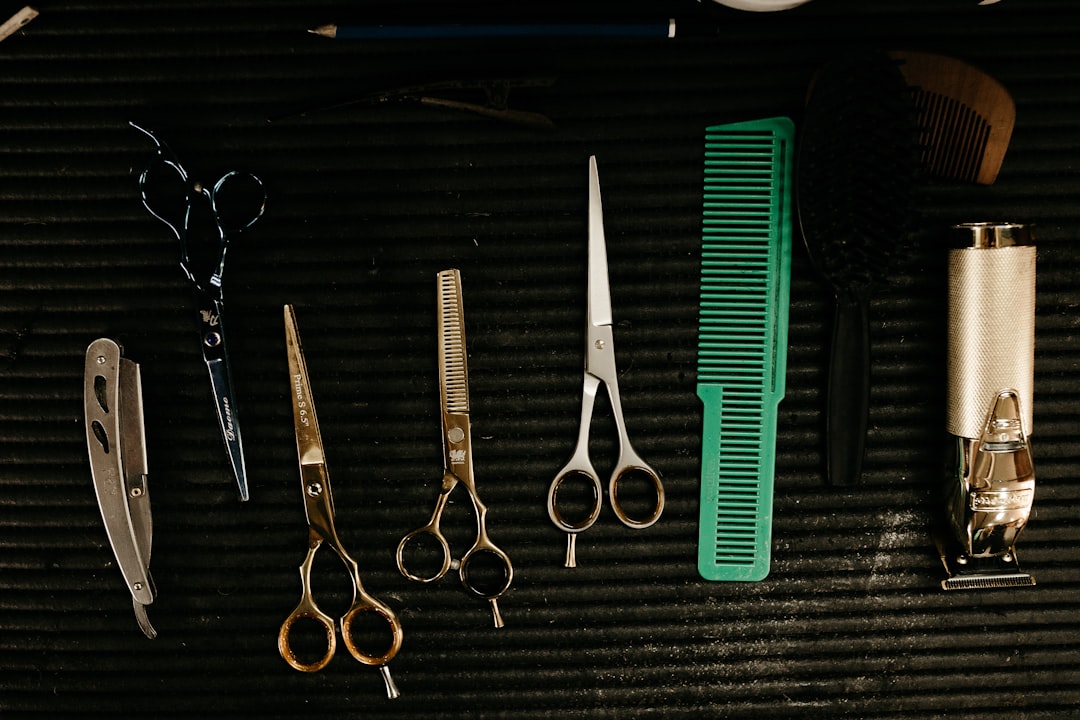Blade Length Selection by Service Type
Choose the optimal shear length for every cutting scenario, from precision bobs to scissor-over-comb fades.

Length basics
Length is measured from tip to finger rest. The right size balances control and efficiency.
| Service | Recommended length | Notes |
|---|---|---|
| Precision bobs, short layers | 5.0”–5.5” | Maximum control for detail work |
| Everyday salon cutting | 5.5”–6.0” | Versatile for blunt and point cutting |
| Dry cutting, slide cutting | 6.0”–6.25” | Longer blade rides hair sections smoothly |
| Barbering, scissor-over-comb | 6.5”–7.0” | Covers more hair per stroke |
| Carving/texturizing | 5.75”–6.25” | Pair with convex edge for fluidity |
Decision checklist
- Service mix: Track the percentage of services requiring precision vs speed.
- Hand size: Larger hands often find balance with slightly longer blades; verify using Tool Fit Assessment.
- Edge type: Convex edges in longer lengths excel at slide work; micro-serrated shorter blades grip blunt lines.
- Client texture: Thick/coarse hair benefits from longer blades; fine hair may demand shorter lengths for control.
Testing protocol
- Practice scissor-over-comb with 6.5”+ shears for two full mannequin cuts before using on clients.
- For detail work, rehearse fringe and perimeter refinement with 5.0” shears to ensure you can maintain tension.
- Time each service and note any fatigue; adjust length if your hand feels overstretched or cramped.
Multiplying efficiency
Carry two lengths in your service kit:
- Primary length that covers 80% of appointments.
- Secondary length for specialty work (e.g., 5.25” detailer + 6.5” scissor-over-comb).
This rotation extends edge life and keeps your hand posture healthy through varied motions.
Advanced considerations
- Balance point: Some brands shift weight toward the tip on longer blades; test before buying.
- Handle pairing: Long blades often come with crane or offset handles to stabilize leverage.
- Blade geometry: Sword or bamboo blades add rigidity for longer lengths—study options in Blade Types.
Action plan
- Audit your current lengths and note which services feel cumbersome.
- Borrow or demo alternate lengths from trusted peers or dealers.
- Document results in your technique log and adjust your toolkit accordingly.

